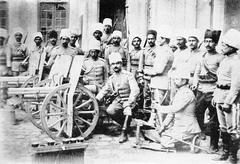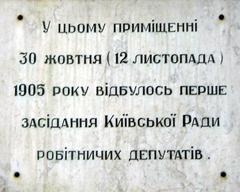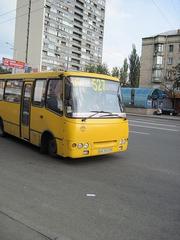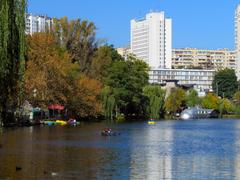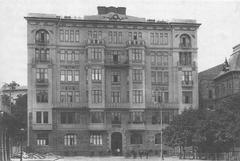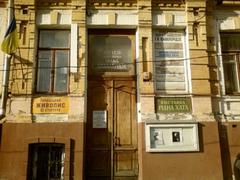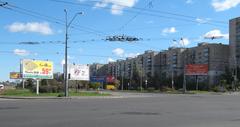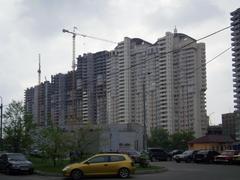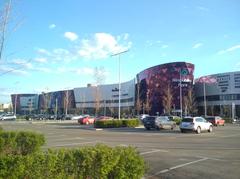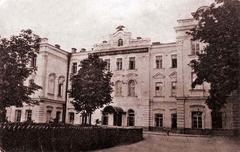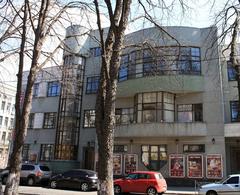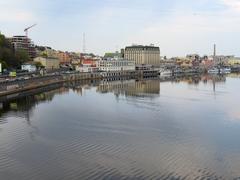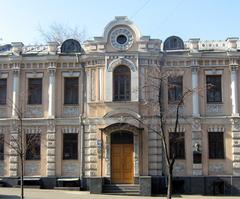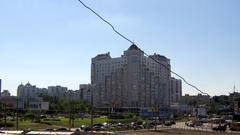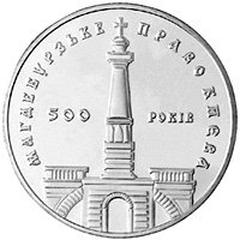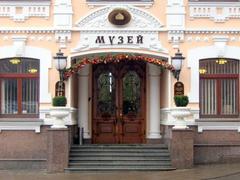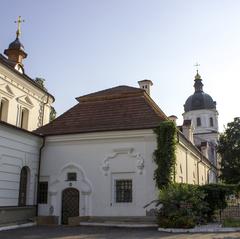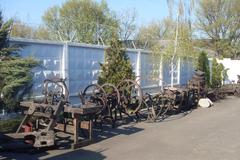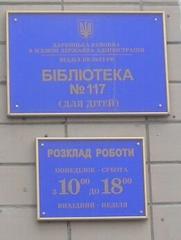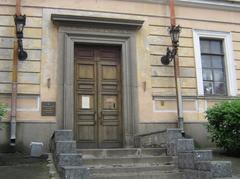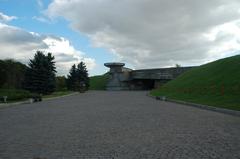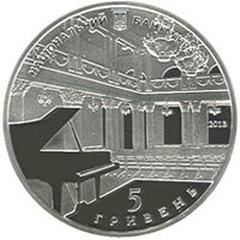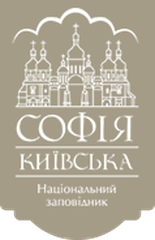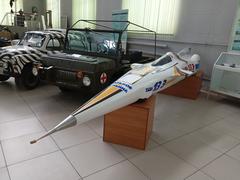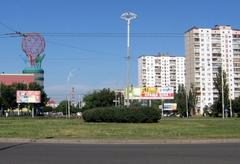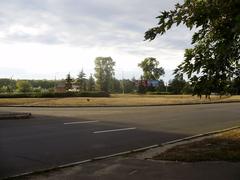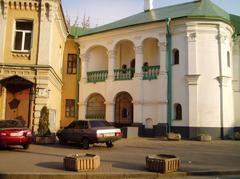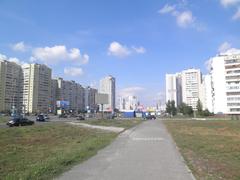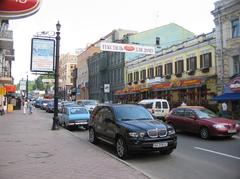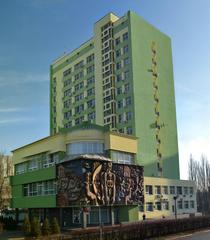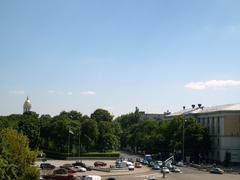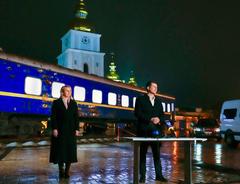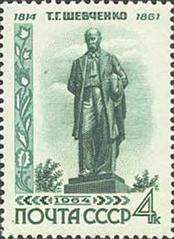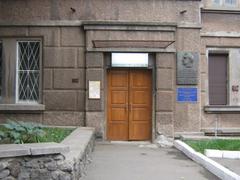
Lisovyi Avenue Kyiv: Visiting Hours, Tickets, and Historical Sites Guide
Date: 04/07/2025
Introduction
Lisovyi Avenue, located in the northeastern Desnianskyi District of Kyiv, is an emblematic thoroughfare where history, urban development, and abundant green spaces converge. Originating during the Soviet-era expansion of the 1960s and 1970s, the avenue was created to serve the Lisovyi (meaning “forest”) residential neighborhood, drawing its identity from the pine forests bordering the city (Handbook of the Changing World Language Map, 2019). Today, Lisovyi Avenue is a vibrant community hub, seamlessly connected to central Kyiv via the Lisova Metro Station (Kyiv Metro Official Site), and serves as a gateway to historical sites and natural retreats.
This guide offers a comprehensive overview of Lisovyi Avenue’s history, practical visitor information, ecological setting, and its proximity to significant memorial sites such as the National Museum of the Holodomor-Genocide and Babyn Yar Holocaust Memorial. Whether you are interested in Soviet-era architecture, accessible green spaces, or poignant historical experiences, Lisovyi Avenue captures the dynamic and resilient spirit of Kyiv.
Table of Contents
- Introduction
- Historical Evolution of Lisovyi Avenue
- Visiting Lisovyi Avenue: Practical Information
- Urban Greenery and Ecological Context
- Historical Memorials Near Lisovyi Avenue
- Summary and Recommendations
- Sources and Further Reading
Historical Evolution of Lisovyi Avenue
Soviet Urban Planning and the Birth of Lisovyi Avenue
The origins of Lisovyi Avenue are rooted in Kyiv’s rapid expansion during the Soviet era. Developed throughout the 1960s and 1970s, the avenue was part of broader urban strategies to provide mass housing and infrastructure for the city’s growing population (Handbook of the Changing World Language Map, 2019). It exemplified the microrayon model—self-sufficient residential clusters with apartment blocks, green courtyards, and community amenities.
Urban Expansion and Demographic Shifts
By the late 1970s, the Lisovyi district attracted young families and workers, drawn by its balance of urban convenience and proximity to the Brovary Forest. The district’s design prioritized accessibility, with broad boulevards, pedestrian paths, and public spaces integrated into the urban fabric.
Infrastructure and Transportation Development
A key milestone was the extension of the Kyiv Metro’s Sviatoshynsko–Brovarska Line to Lisova station in 1979 (Kyiv Metro Official Site). This provided efficient connections between Lisovyi Avenue, the city center, and neighboring districts, supported by a network of bus and trolleybus routes.
Architectural Features and Urban Landscape
Lisovyi Avenue is lined with late Soviet modernist architecture, notably high-rise panel buildings such as khrushchyovkas and brezhnevkas, interspersed with playgrounds and green courtyards. Ongoing revitalization—including façade improvements and public art—has enhanced the avenue’s appeal (MODERN PRINCIPLES OF SUSTAINABLE SPATIAL DEVELOPMENT OF INNOVATIVE TERRITORIAL SYSTEMS IN UKRAINE, 2023).
Post-Soviet Transformation
Following Ukraine’s independence, Lisovyi Avenue evolved into a diverse commercial and social hub, with shopping centers, schools, clinics, and community spaces. Urban renewal projects have improved safety and infrastructure, fostering a welcoming environment for residents and visitors alike.
Visiting Lisovyi Avenue: Practical Information
Hours and Accessibility
Lisovyi Avenue is a public area open 24/7, with parks and forest areas best visited during daylight hours. The avenue and metro station are wheelchair accessible, and main sidewalks are suitable for strollers and cyclists.
Tickets and Tours
No tickets are required to visit Lisovyi Avenue or its adjacent green spaces. Occasionally, local tour operators offer guided walks focused on Soviet architecture or Kyiv’s urban development.
Getting There
- Metro: Lisova station (Red Line) is the main access point.
- Bus/Trolleybus: Multiple routes connect to central Kyiv and other districts.
- Car: Parking is available at commercial centers and near the metro.
Amenities
Supermarkets, pharmacies, ATMs, and medical clinics are available along the avenue. Knowledge of basic Ukrainian or Russian is helpful, as English is not widely spoken.
Safety
Kyiv is generally safe, but as of 2025, visitors should monitor local advisories due to regional security concerns and respect any curfews (Traveling to Ukraine During the War in 2025).
Best Visiting Seasons
Spring and early autumn provide pleasant weather and vibrant foliage, ideal for urban exploration and nature walks.
Urban Greenery and Ecological Context
Lisovyi Avenue stands out for its integration with Kyiv’s extensive green network. The Desnianskyi District, where the avenue is located, is characterized by its proximity to the Brovary Forest, offering an ecological buffer and recreational haven (UNIAN: Kyiv among world’s top 100 greenest cities).
Key Natural Features
- Brovary Forest: A vast pine woodland ideal for hiking, cycling, and foraging. Trails are accessible and popular year-round.
- Urban Parks: Smaller green spaces with playgrounds, fitness areas, and walking paths.
- Biodiversity: The forests support diverse flora and fauna, contributing to Kyiv’s status as one of the world’s greenest capitals.
Environmental Health
Air quality in the Lisovyi Avenue area is excellent, with low particulate and pollutant levels, thanks to the dense tree canopy (AQI.in: Lisovyi Avenue Air Quality). Green spaces filter air, reduce heat, and offer ecosystem services vital for urban sustainability (Springer: Ecological and Energy Analysis).
Recreation and Community
Residents and visitors enjoy walking, cycling, jogging, and seasonal activities like cross-country skiing. Community events, clean-ups, and outdoor festivals foster local engagement and environmental stewardship.
Conservation
City policies and local organizations work to preserve green zones and manage urban growth, ensuring the continued health and accessibility of forests and parks (State Building Standards 360-92).
Historical Memorials Near Lisovyi Avenue
While Lisovyi Avenue is primarily a residential and ecological destination, it also provides convenient access to two of Kyiv’s most important memorial sites:
National Museum of the Holodomor-Genocide
Located in the Pechersk district, this museum commemorates the victims of the 1932–1933 famine. The complex includes the iconic Candle Monument, the “Hungry Girl” sculpture, and multimedia exhibits (Your Kiev Guide, Holodomor Museum Official Website).
- Hours: Tuesday–Sunday, 10:00–18:00.
- Tickets: Free for Ukrainian citizens; ~50 UAH for international visitors.
- Accessibility: Wheelchair accessible, with audio guides available.
Babyn Yar Holocaust Memorial
This site in northwestern Kyiv memorializes the mass execution of over 33,000 Jews in 1941, along with other victims of Nazi atrocities (Babyn Yar Memorial Official Site). The memorial park includes monuments, educational exhibits, and is open daily from 9:00–19:00.
- Tickets: Entry to the park is free; museum exhibitions and guided tours may have fees.
- Accessibility: The grounds and exhibits are accessible to visitors with disabilities.
Getting There
Both memorials are reachable via public transport from Lisovyi Avenue—take the metro and connect via bus routes as needed.
Summary and Recommendations
Lisovyi Avenue encapsulates the intersection of Kyiv’s historical evolution, ecological vitality, and community life. Visitors can explore Soviet-era architecture, stroll through revitalized green spaces, and access nearby forests for recreation (MODERN PRINCIPLES OF SUSTAINABLE SPATIAL DEVELOPMENT OF INNOVATIVE TERRITORIAL SYSTEMS IN UKRAINE, 2023). The proximity to the Holodomor and Babyn Yar memorials allows for a deeper engagement with Ukraine’s complex past.
Key tips for visitors:
- Use the Lisova Metro Station for convenient access.
- Visit in spring or early autumn for the best experience.
- Respect local regulations, especially regarding safety in light of current regional security situations (Traveling to Ukraine During the War in 2025).
- Engage in community and environmental activities for authentic cultural immersion.
- Explore further using the Audiala app for interactive guides and real-time updates.
Sources and Further Reading
- Kyiv Metro Official Site
- Your Kiev Guide: Starvation Memorial Monument
- Babyn Yar Memorial Official Site
- Holodomor Museum Official Website
- Traveling to Ukraine During the War in 2025




